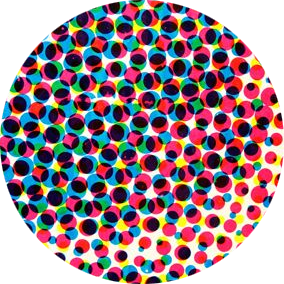Feminine Utopias in Silver Age Wonder Woman

In the 1940s comics by William Moulton Marston & Harry Peter, #WonderWoman is an intentional (if complicated) feminist character. Post-WWII & in the wake of the 1954 Comics Code, her world changed, becoming more domestic & romantic. But there are still subversions to be had. 1/9

The ways Wonder Woman changed post-WWII partly extend from the emphasis on domesticity & traditional gender roles in Cold War America. Wartime justified WW’s heroism, just like it justified real women working in munitions factories. Postwar, that justification evaporated. 2/9

Wonder Woman also changed because her implied gender & sexual deviance were attacked by Fredric Wertham in “Seduction of the Innocent,” which influenced the 1954 Comics Code. “For boys,” wrote Wertham, “Wonder Woman is a frightening image. For girls, she is a morbid ideal.” 3/9


The Wonder Woman comics of the late 50s/early 60s followed the lead of other comics of the era in creating a superhero family, establishing a domestic grounding. By 1961, WW was joined by Wonder Girl and Wonder Tot and her mother Queen Hippolyta plays a larger role. 5/9

But while Wonder Girl & Wonder Tot function like Diana’s sisters, they are really versions of her. The three characters appear in “impossible stories” enabled by Hippolyta, who has the power to splice together films of Diana and herself at various ages and make them live. 6/9


Thus, while the Wonder Woman comics of the late 50s/early 60s generally lack the subversive sexual charge and more overt empowerment of the Marston/Peter era, they are not without their own potential for female identification and resistance to worlds controlled by men. 8/9

These Silver Age Wonder Woman comics also prove the durability of the superhero genre when it comes to creating symbolic subversions. Fantastical spaces require fantastical conceits, and fantasy rarely sits well with normativity. 9/9
